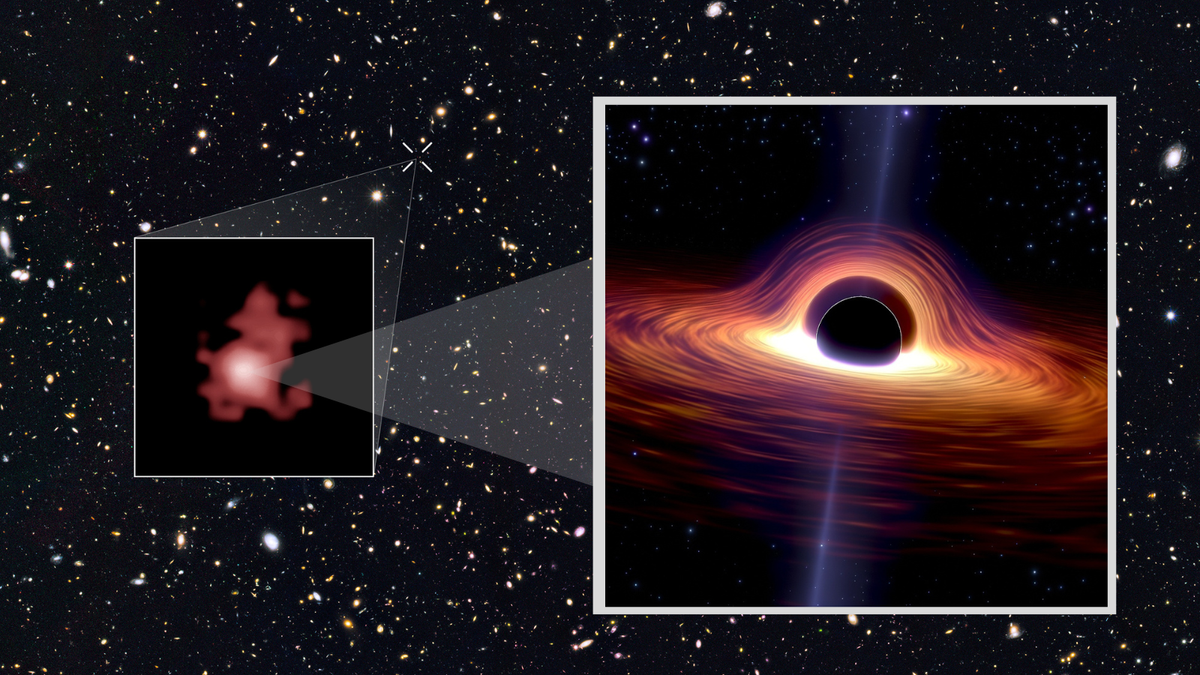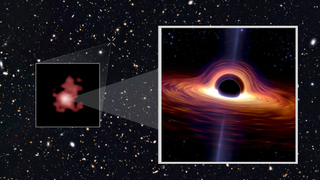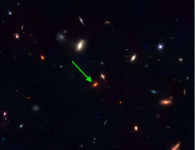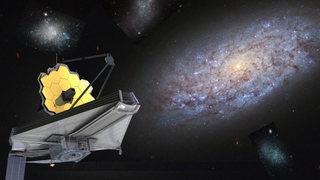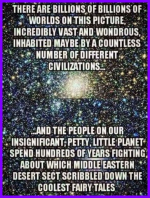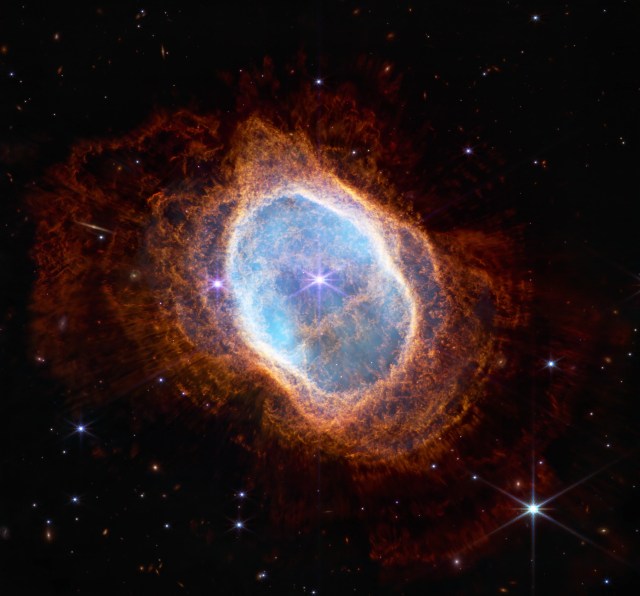James Webb Space Telescope discovers oldest and most distant black hole ever seen
published about 10 hours ago
The ravenous black hole that existed just 400 million years after the Big Bang could help explain how supermassive black holes grew so rapidly.

www.space.com
The ravenous black hole that existed just 400 million years after the Big Bang could help explain how supermassive black holes grew so rapidly.
The galaxy GN-z11 as seen by the Hubble space telescope and an illustration of a feeding black hole (inset). (Image credit: NASA, ESA, P. Oesch (Yale University), G. Brammer (STScI), P. van Dokkum (Yale University), and G. Illingworth (University of California, Santa Cruz) (Inset) Robert Lea )
A team of astronomers has used the James Webb Space Telescope (JWST) to discover the most distant and oldest black hole ever seen as it feasts upon its host galaxy.
The discovery could be a massive step forward in understanding how supermassive
black holes reached masses equivalent to millions of billions of times that of the sun in the very early epochs of
the universe.
The black hole dwells in the ancient galaxy GN-z11, which is 13.4 billion light years away and is thus seen as it was just 400 million years after the
Big Bang. The black hole itself is around 6 million times as massive as
the sun and seems to be feeding on matter from its surrounding galaxy five times more rapidly than the limit suggested is sustainable by current theories.


